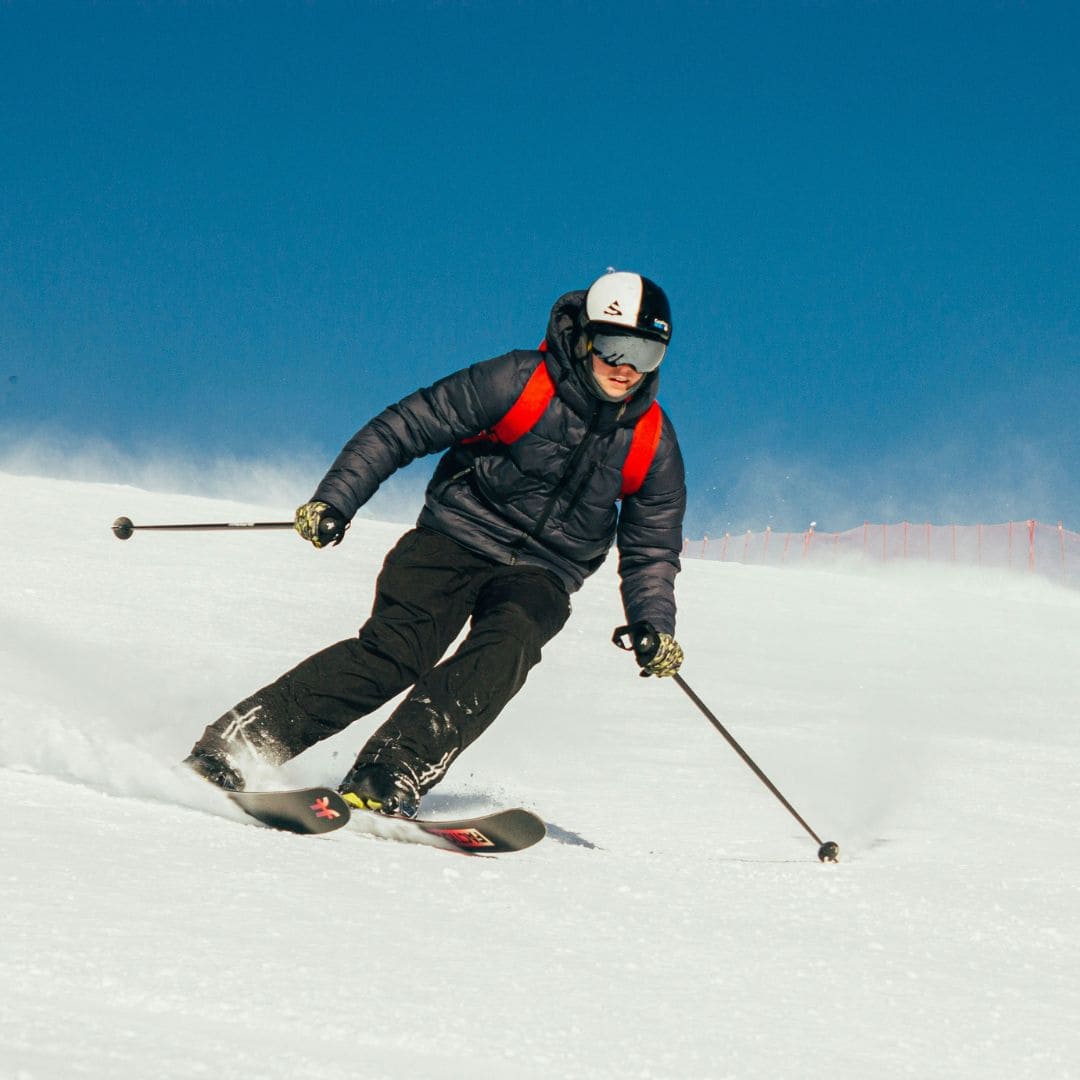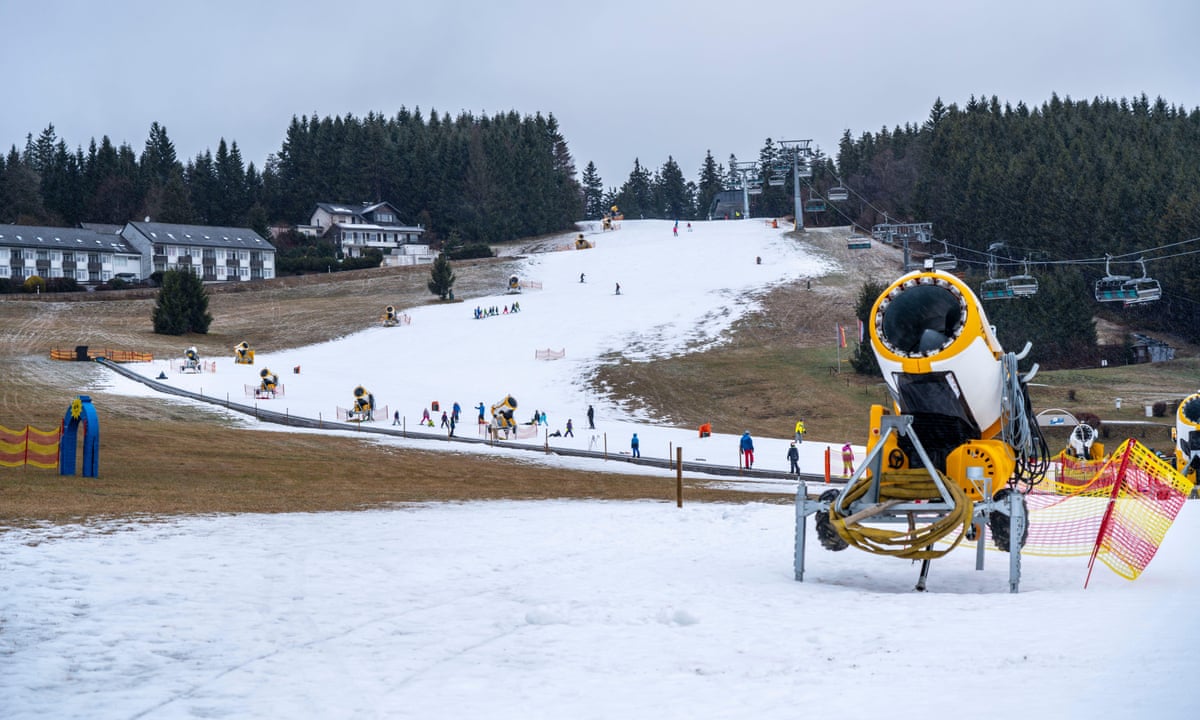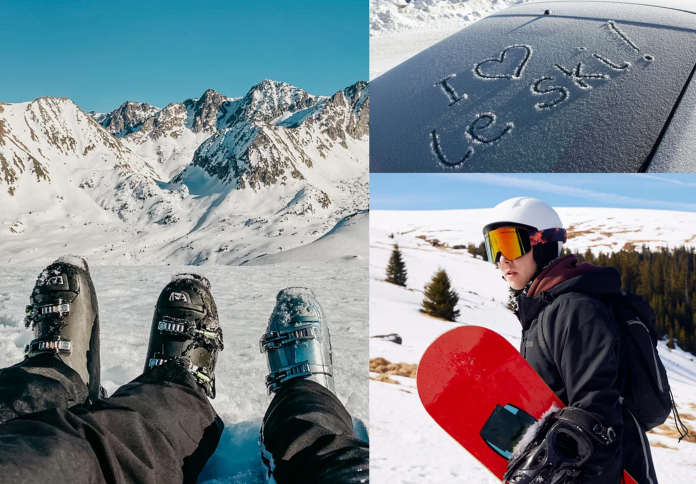Skiing and other snowsports are far older than the modern resorts and high-speed chairlifts suggest, boasting a deep, rich history that stretches back millennia. The modern ski culture—from the adrenaline rush of downhill speed to the etiquette of the slopes—is built upon a surprisingly complex foundation of ancient ingenuity and modern safety rules. Whether you are a seasoned shredder, a curious beginner, or just someone looking to impress at an après-ski quiz night, knowing the fascinating facts of this world enhances the entire experience. This deep dive into snowsports trivia, covering everything from the origin of the equipment to the essential rules of the mountain, reveals that even the simplest activities have a surprising lineage and a wealth of hidden knowledge.
The Ancient Roots Of Skiing
While the image of skiing is typically associated with the modern resort era, the sport’s origins are rooted in basic necessity and ancient history. Contrary to what might be assumed, the earliest forms of skiing predate many of history’s major milestones. Evidence suggests that the use of wooden planks to travel across snow-covered terrain may date back as far as 3,000 BC, placing the invention of skiing firmly in the realm of ancient technology.

The very word for the equipment has ancient roots. The term ‘ski’ itself is derived from the Old Norse word ‘skio,’ which simply means ‘stick of wood.’ This terminology, coined in modern Norway in the late 19th century, speaks to the simplicity of the original design: a basic, practical tool for survival and transport across long distances in snowy climates, long before the first downhill run was conceived.
Rise Of The Winter Games
The formalization of snowsports as competitive events is a relatively modern phenomenon, anchored by the establishment of the Winter Olympics. The first Winter Games were held in 1924 in Chamonix, France, cementing the town’s legendary status as the cradle of mountaineering and competitive snowsports. This landmark event legitimized winter athleticism on the global stage.

Over the years, the Winter Olympics have hosted sports with surprisingly eccentric histories. For instance, animals once played a part in the Games, featuring in demonstration events. In 1932, dog-sledging was showcased, while skijoring—an event involving athletes on skis being towed behind riderless horses—was featured in 1928. These details illustrate the long evolution of snowsports from practical transport to theatrical, high-speed athleticism, where bobsled athletes now hurtle down tracks at speeds nearing 90 miles per hour.
Slope Etiquette And Safety Essentials
Safety and etiquette are paramount on the busy mountain, where speeds can reach staggering levels. The absolute fastest speed ever recorded on skis approaches an incredible 159 mph, highlighting the dangers inherent in the sport. Given this extreme speed potential, adherence to simple, universal rules is critical for avoiding collisions and ensuring a smooth experience for all.
One of the most fundamental rules of the piste concerns right-of-way: the person in front always has the right of way. This is because the downhill skier has a full view of the slope ahead, whereas the person behind is responsible for choosing a line that avoids those below. Furthermore, in the event of a fall, the best course of action (once confirming one is not hurt) is to get out of the way as quickly as possible to avoid causing a hazard for those descending. Finally, modern safety practice dictates that a helmet should be worn at all times on the slopes, not just by learners or when performing advanced tricks.
The Cultural Footprint Of Snowsports
Beyond the physical activity, skiing and snowboarding have carved a significant niche in global popular culture, becoming staples of film and entertainment. The Austrian Alps, in particular, frequently feature as a stunning backdrop for cinematic moments. The British romantic comedy Chalet Girl, for example, was filmed in St. Anton, Austria, while the iconic and famously clumsy ski scene in Bridget Jones: The Edge of Reason took place in Lech, Austria.

Even the world of espionage has been inextricably linked to the slopes. James Bond has frequently traded his tuxedo for ski boots, with the spy hitting the slopes in no fewer than seven 007 films, with appearances from actors ranging from Roger Moore to Daniel Craig. From ski resorts lending their names to Olympic champions (like the ‘OK’ piste in Val d’Isère named after Jean Claude Killy and Henri Oreiller) to the annual Tomorrowland Winter music festival taking place in the Alps, the cultural influence of the snow is extensive and enduring.










